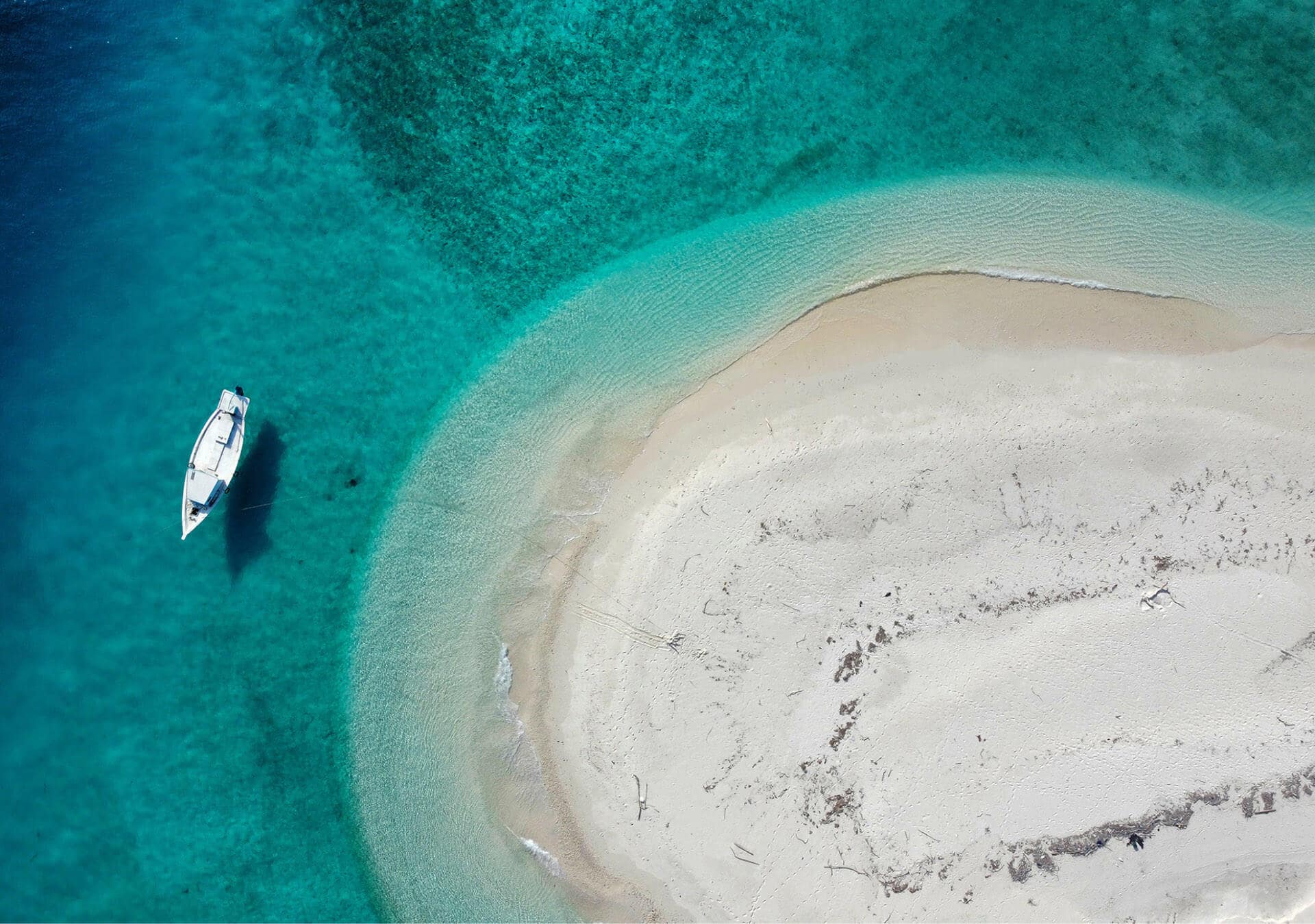Trapped by Sand and Self: A Literary Analysis of The Woman in the Dunes
Kobo Abe’s The Woman in the Dunes is a haunting exploration of human identity, isolation, and the existential weight of routine. Published in 1962, the novel follows Niki Jumpei, a Tokyo schoolteacher and amateur entomologist, who ventures to a remote coastal village to collect insects. What begins as a brief scientific expedition turns into a surreal nightmare when the villagers trap him in a sand pit with a mysterious woman, tasking him with the Sisyphean job of digging sand day and night to prevent the house from being buried.
The central symbol of the novel—the sand—is much more than a physical substance. It is an oppressive force, both natural and existential. It is everywhere, inescapable, and consuming. Abe writes, “Sand not only flows, but this very flow is the sand.” The sand represents time, monotony, and the slow erosion of identity. It grinds down Jumpei’s resistance and forces him to confront the meaning—or lack thereof—of his former life. He realizes that his days in the city were not as free or purposeful as he believed. “Wasn’t the sand in the city just as much a prison? Work, bus schedules, bills, expectations—it was all sand, all of it.” This comparison between urban life and his entrapment in the pit invites readers to question their own sense of freedom and routine.
Jumpei initially reacts to his confinement with outrage and disbelief. He resists, attempts to escape, and clings to his identity as an outsider, a rational man unjustly imprisoned. He treats the woman as a fellow prisoner, someone to pity and possibly manipulate for his own benefit. Yet, as time passes, a slow shift occurs. He begins to participate in the digging, not from agreement but from necessity. He starts to share in the rhythms of survival. Abe describes this transformation with unsettling clarity: “He dug because not digging was worse.”
The woman, unnamed throughout the novel, embodies a paradox. She is both submissive and powerful. She has accepted her fate but is not broken by it. She represents a kind of primal wisdom—a way of surviving without understanding or resisting the forces that govern life. When Jumpei questions why she does not try to escape, she responds, “Even if you escape, there’s nothing out there.” Her resignation is not despair, but an alternative philosophy. For her, survival is enough.
Abe uses this dynamic between Jumpei and the woman to challenge binary ideas of freedom and imprisonment. Jumpei, once proud of his intellect and urban independence, begins to rely on the structure of the pit. When he eventually discovers a method for drawing water from beneath the sand—a moment of genuine accomplishment—he does not use it to escape. Instead, he finds a new sense of purpose in the act itself. “The idea that he might be able to stay here didn’t seem as unbearable as it once had.”
This marks one of the novel’s most disturbing insights: the human capacity to adapt to even the most absurd and oppressive conditions. Rather than escaping, Jumpei internalizes the logic of the pit. The novel ends with a subtle but profound twist—when the villagers forget about him and leave the ladder out for days, he chooses not to climb out. Not because he is physically unable, but because mentally, he has already committed to this life. “It was not that he had given up hope… rather, he had come to understand that hope itself was a kind of trap.”
Abe’s prose reflects this existential bleakness. His language is precise, cold, and unsentimental. Emotions are muted, and moments of realization are often delivered without fanfare. This style echoes the work of Kafka, Camus, and Sartre, but Abe’s use of natural imagery—particularly sand—gives the novel a uniquely Japanese sensibility. The environment is both literal and metaphorical. The pit is a setting, a prison, and a mirror of the mind.
Moreover, The Woman in the Dunes can be read as a critique of postwar Japanese society. Jumpei, the educated urbanite, finds his identity stripped away by a rural community bound by outdated traditions and silent collusion. The villagers’ complicity and the woman’s acceptance reflect a society that sustains itself through quiet oppression. Abe never moralizes, but he suggests that both urban ambition and rural submission are forms of existential captivity.
Ultimately, the novel is less about escape than about transformation. Jumpei does not free himself from the pit. Instead, he redefines what it means to live. Abe leaves readers with no easy answers. “A person grows accustomed to doing without happiness,” Jumpei muses, suggesting that survival, not joy, is the foundation of existence.
The Woman in the Dunes is a powerful meditation on human adaptability and the cost of self-awareness. It confronts readers with a difficult question: If we are given the choice between uncomfortable freedom and comfortable captivity, which would we choose—and why? In a world where sand never stops falling, perhaps the only true freedom lies in learning how to shovel.



